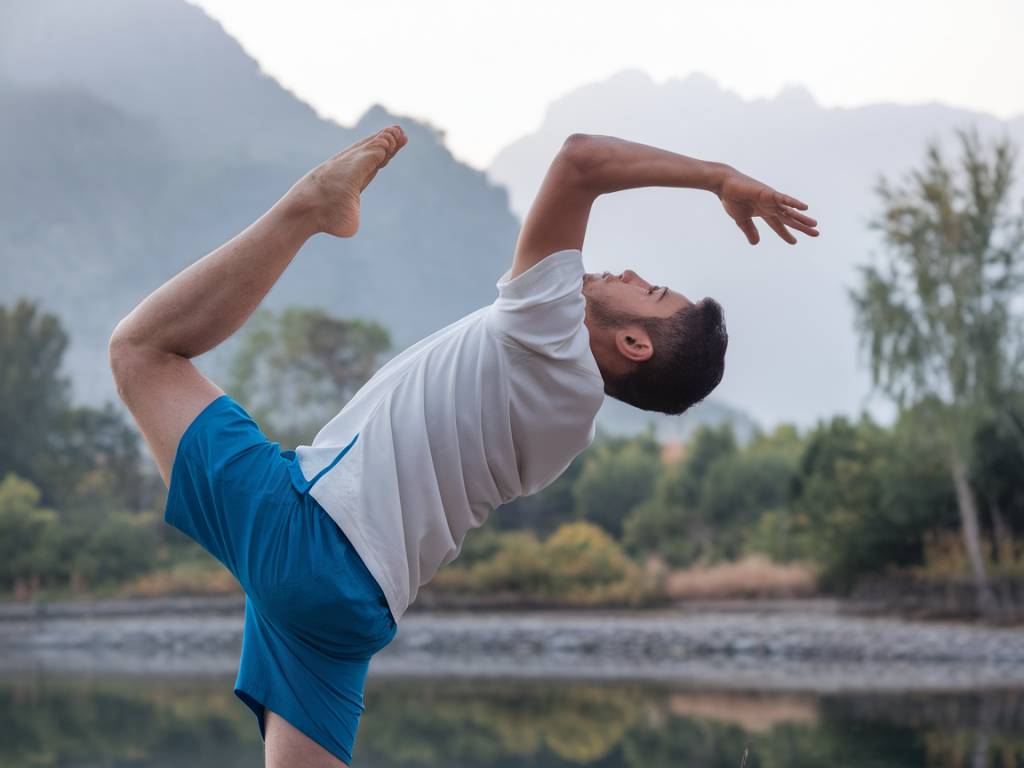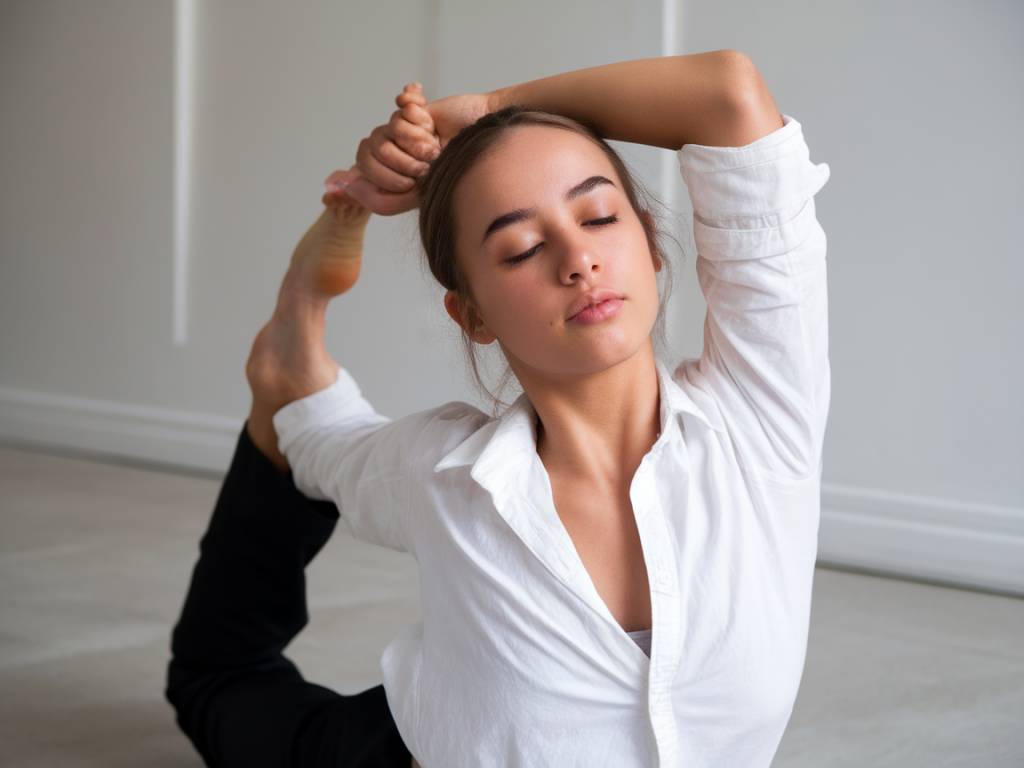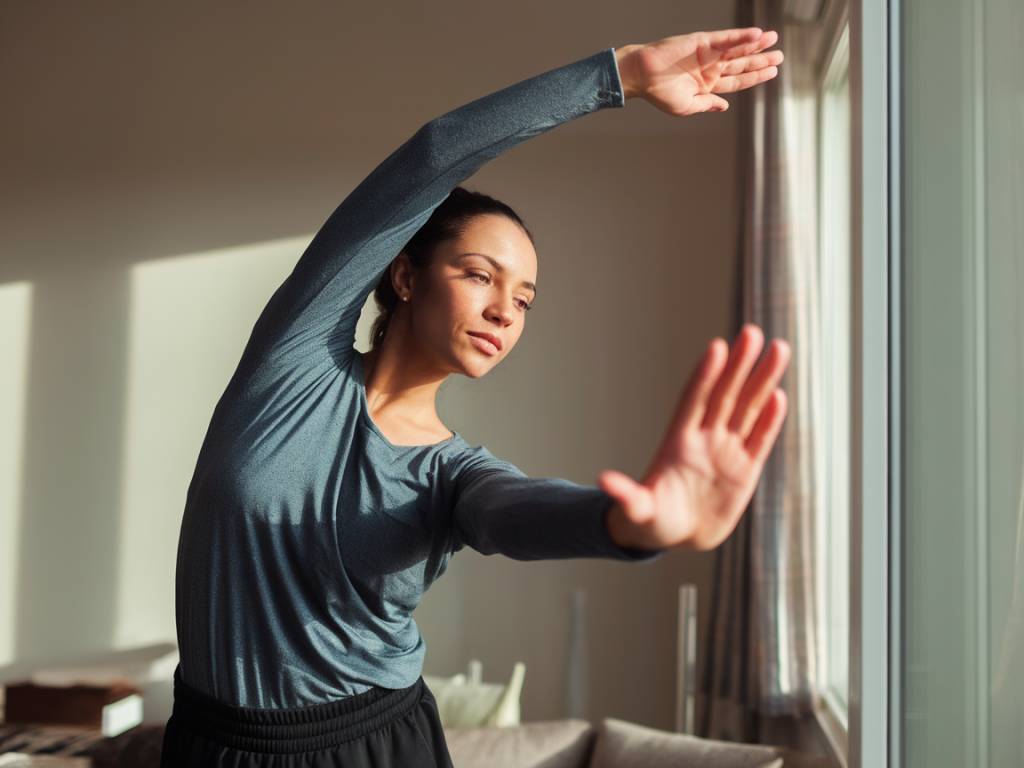Why Stretching Your Spine Matters
Ever felt like your back was stiff, or maybe you caught yourself slouching after a long day at work? Your spine is more than just your skeletal support—it’s at the heart of your posture, your flexibility, and your physical well-being. While stretching your spine isn’t a magic solution to grow taller overnight, it can help improve your posture, elongate your silhouette, and alleviate tension. It’s like hitting the « reset » button for your body.
Wondering how sports can play a role in this? While some activities compress your spine, there are certain sports specifically designed, or naturally inclined, to give your spine that much-needed stretch. Let’s dive into the best sports for stretching your spine, backed by science and easy-to-adopt tips!
Swimming: A Full Body Stretch
Swimming is a no-brainer when it comes to spine-friendly sports. Why? Because water supports your body weight, reducing the stress on your spine. The buoyancy of water essentially « decompresses » your vertebrae and allows your body to move in ways it might not on land. Think of it as a zero-gravity workout for your spine.
Freestyle and backstroke are particularly great because they encourage full-body extension. As you glide across the water, your arms and legs stretch out, elongating your spine naturally. Bonus tip: Incorporate a slow butterfly kick into your routine to maximize stretching in your lower back.
If you have access to a swimming pool, consider adding a few laps to your weekly routine. Not only will you stretch your spine, but you’ll also improve your cardiovascular health and tone your muscles.
Yoga: The King of Spinal Flexibility
You’ve probably heard it before—yoga is amazing for flexibility. But it’s not just about touching your toes or mastering an Instagram-worthy pose. When practiced correctly, yoga promotes spinal decompression, alignment, and improved posture.
Here are a few yoga poses that are particularly great for spinal stretching:
- Cobra Pose (Bhujangasana): Ideal for gently stretching your lower back and opening up your chest.
- Cat-Cow Stretch (Marjaryasana-Bitilasana): A dynamic stretch that alternates between arching and rounding your spine, improving its flexibility.
- Downward Dog (Adho Mukha Svanasana): Great for elongating the spine and stretching the hamstrings, which are often tight and can pull on the lower back.
Not sure where to start? Many online tutorials and local classes cater to beginners. Just 10–15 minutes of yoga a day can make a noticeable difference in how your back feels and moves.
Inversion-Based Activities: Hanging Around for a Stretch
Activities that involve hanging can offer an excellent spinal stretch by leveraging gravity. Whether it’s a pull-up bar at your local gym or even a park monkey bar, simply hanging by your hands allows the weight of your lower body to gently decompress your spine.
If you’re looking to take this a step further, you can try inversion therapy—using inversion tables to tilt your body upside down. While studies on inversion therapy’s long-term benefits are mixed, many people report temporary relief from back pain and a lovely sense of « decompression. » Always consult a medical professional before trying inversion therapy, especially if you have pre-existing spine or joint issues.
Pilates: Core Strength for Spinal Support
Pilates might not automatically come to mind when thinking about spinal stretches, but this low-impact exercise method is fantastic for strengthening the muscles that support your spine. By targeting the core, Pilates promotes better posture and increased flexibility—both of which contribute to a more elongated, healthy spine.
Moves like the Swan Dive and Roll-Up are tailored to stretch the spine while building the muscles around it. Even better? Pilates often incorporates breathing techniques, helping you relax and release tension that may otherwise compress your spine.
Give Pilates a try by joining a class or following online tutorials. If you’re someone who finds yoga too slow-paced or challenging, Pilates might be the sweet spot for your fitness routine.
Rock Climbing: Reaching New Heights (Literally!)
If you thought rock climbing was all about building arm strength, think again. Both rock climbing and indoor climbing gyms challenge your body to reach, stretch, and elongate upward—naturally encouraging spinal stretching in the process.
As you scale the wall, you’ll find yourself maximizing arm and leg reach, pulling your spine into a beautiful, natural extension. Many climbing gyms even have beginner-friendly walls, so you don’t have to be an experienced climber to reap the benefits.
Remember: Good climbing posture can also help with spinal alignment. Keep your movements slow and deliberate, and focus on extending your body fully with each reach.
Avoid These Activities for Spine Health
While we’re on the topic, it’s worth noting that not all activities are spine-friendly. Sports that involve high-impact movements, such as running on hard surfaces or heavy weightlifting, can compress your spine over time. While these activities can still be part of a balanced fitness routine, it’s essential to pair them with stretching and decompressive exercises to counteract any negative effects.
Additionally, sedentary lifestyles (yes, couch potatoes, we’re looking at you!) are a big no-no for spine health. Prolonged sitting can lead to spinal stiffness and poor posture. Make it a habit to move, stretch, and incorporate these spine-friendly sports into your lifestyle.
Bringing It All Together
Your spine works tirelessly to keep you upright and mobile, and it deserves a bit of TLC. Sports like swimming, yoga, Pilates, inversion-based activities, and even rock climbing can help you stretch your spine, improve your posture, and foster better overall back health. Remember, the key is consistency. Even just a few minutes a day can make a big difference over time.
So, what’s your next move? Why not grab a yoga mat, hit the pool, or head to your local climbing gym? Your spine will thank you!




